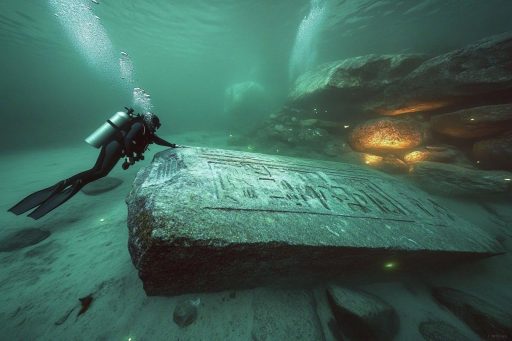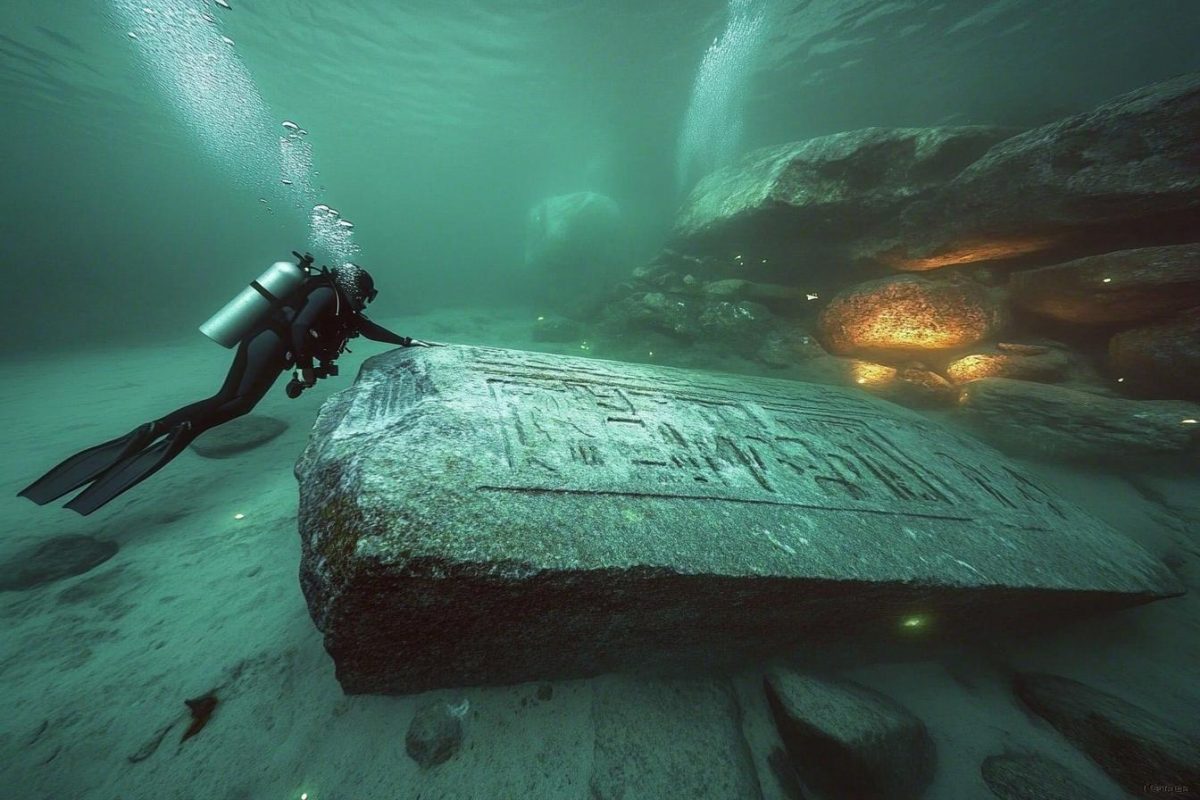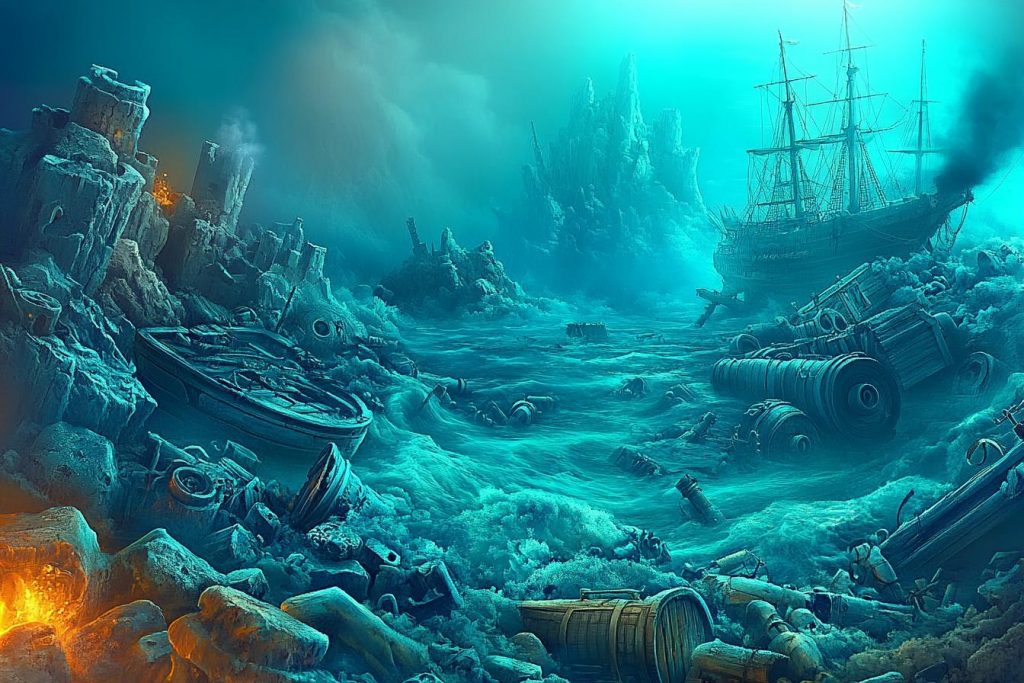
Beneath the surface of our oceans lies a treasure trove of discoveries that have left scientists speechless. These underwater revelations have challenged everything from biology and geology to ancient history and even the limits of human understanding. What we thought we knew about the deep has been rewritten time and time again, thanks to stunning finds that force us to see the oceans with new eyes. As we continue to explore, one truth becomes increasingly clear: the sea is far from finished surprising us.
Ancient Roads Beneath the Waves
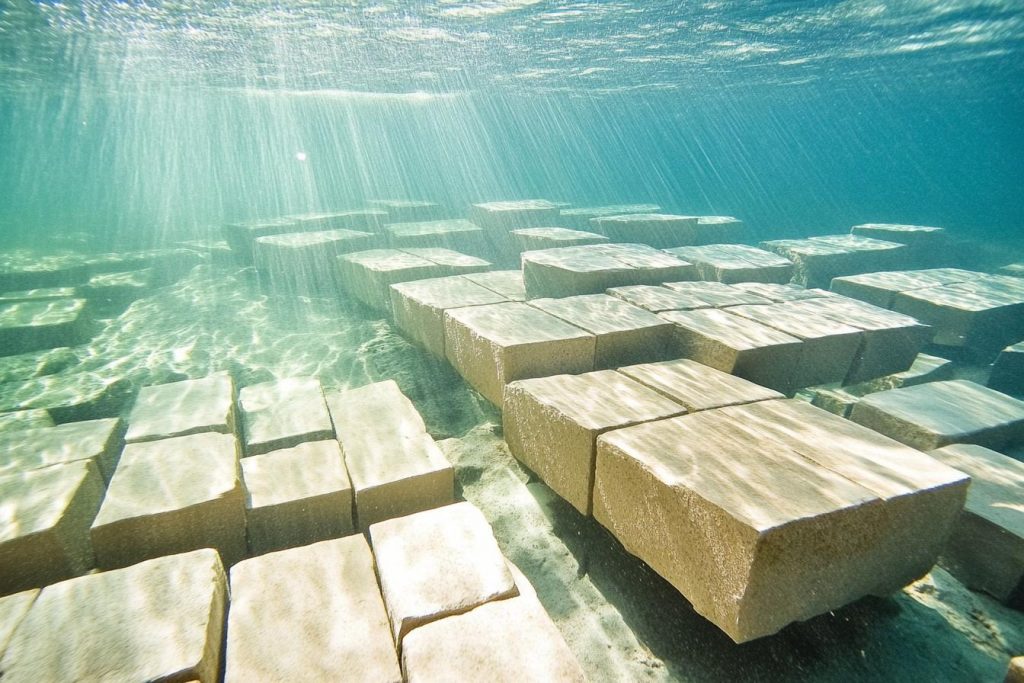
Off the coast of Bimini in the Bahamas, divers discovered what appears to be a submerged road made of massive stone blocks. While some claim it’s a natural formation, others argue it may be evidence of a lost civilization. The perfectly aligned stones sparked debates about Atlantis and prehistoric engineering. Scientists remain divided, but the mystery continues to fascinate researchers and adventurers alike.
The Baltic Sea Anomaly
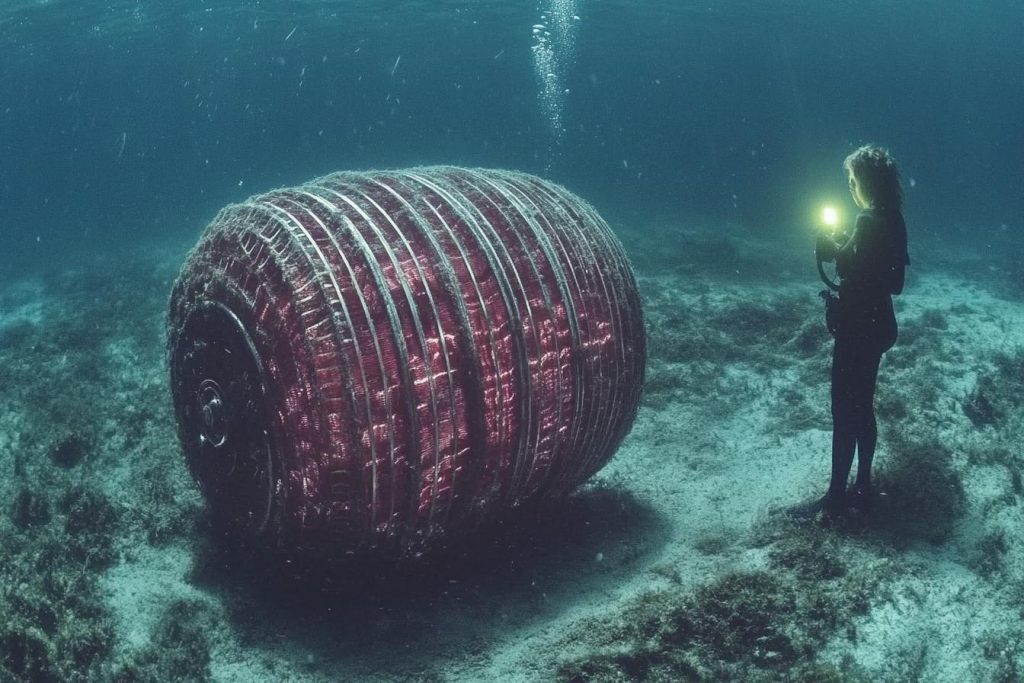
Sonar scans revealed a bizarre, disc-shaped structure resting on the seafloor of the Baltic Sea, resembling a crashed UFO. The object’s symmetrical shape and unnatural angles defied simple explanation, and some scientists proposed glacial origins while others entertained more extraordinary theories. Its strange electromagnetic interference baffled equipment during dives. Whatever it is, the anomaly has pushed boundaries in marine geology.
Living Fossils: The Coelacanth Returns
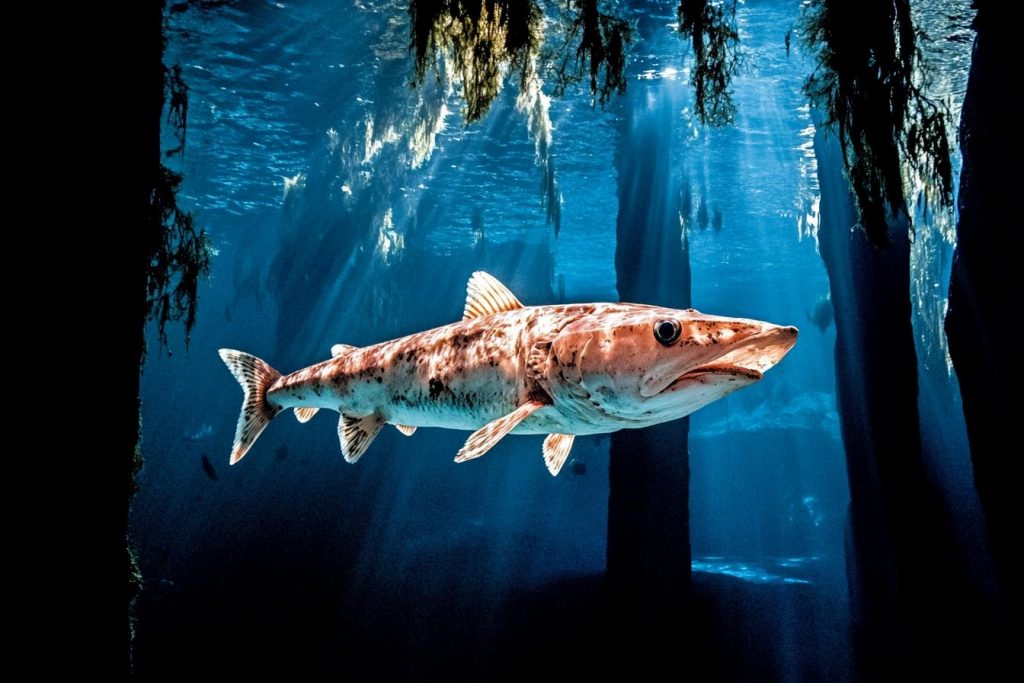
Once thought extinct for over 65 million years, the coelacanth shocked scientists when a live specimen was found off the coast of South Africa. This “living fossil” features lobed fins that resemble limbs, shaking up our understanding of evolutionary timelines. Its unexpected reappearance forced a rethinking of how species survive in deep, isolated environments. The discovery sparked renewed searches for other supposed-extinct creatures.
Underwater Brine Pools

Discovered in the Gulf of Mexico and other locations, these underwater lakes of hypersaline water sit at the bottom of the ocean, complete with shores and waves. These brine pools are toxic to most marine life, forming natural “dead zones” in otherwise bustling ecosystems. The stark contrast between life and death just feet apart astounded biologists. It was a reminder that Earth still holds alien-like environments.
The Yonaguni Monument
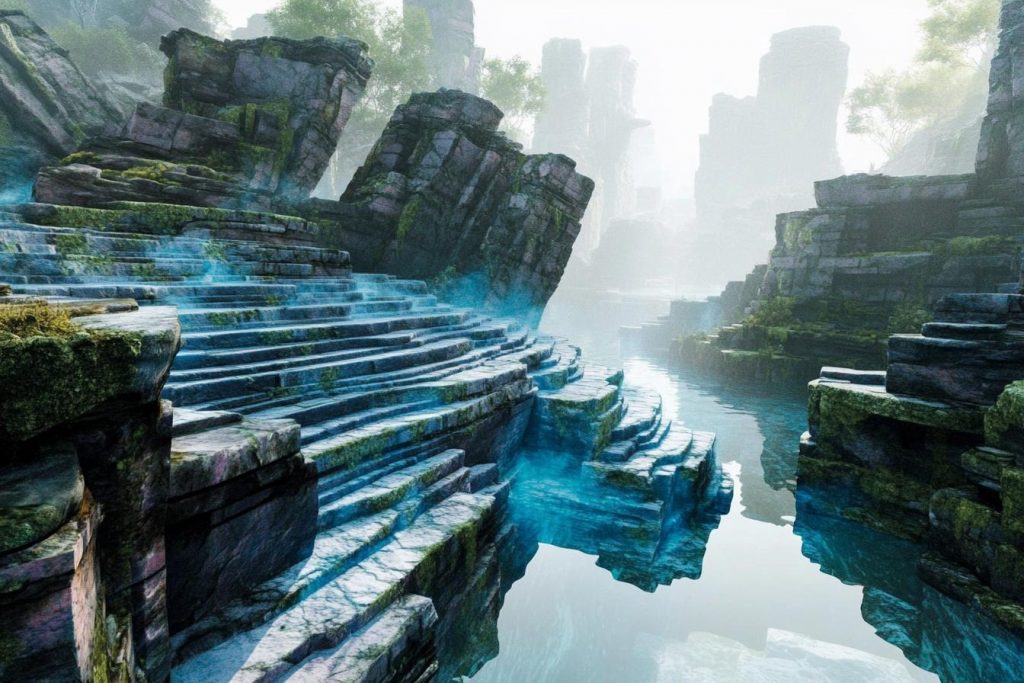
Near Japan’s Ryukyu Islands lies a massive underwater rock formation with what appear to be steps, terraces, and columns. Some scientists argue it’s a natural formation shaped by tectonic activity, while others claim it’s a sunken man-made structure predating recorded history. The debate raises questions about forgotten civilizations and ancient sea levels. Regardless of its origin, the monument has captivated archaeologists worldwide.
Bioluminescent Sharks That Glow in the Dark

In the deep waters off New Zealand, researchers discovered species of sharks that emit a natural blue-green glow. Unlike bioluminescent jellyfish or plankton, these large vertebrates use light-producing organs to stay camouflaged or attract prey. This discovery redefined assumptions about which animals can glow and why. It also hinted at how little we truly understand deep-sea adaptations.
An Ancient Computer in a Shipwreck
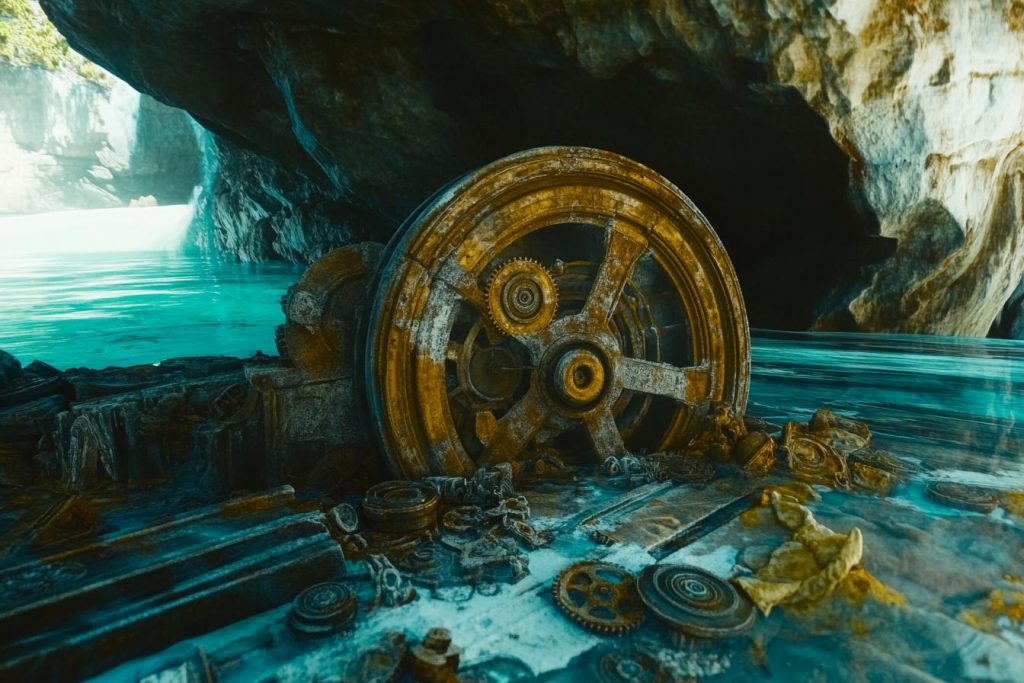
The Antikythera Mechanism, pulled from a Roman-era shipwreck off the Greek coast, stunned researchers with its complexity. This bronze device featured intricate gears and was used to track astronomical movements—essentially an ancient analog computer. Its existence forced a reevaluation of technological capabilities in the ancient world. How it ended up at the bottom of the sea remains a mystery.
Boiling Vents That Spawned Life?
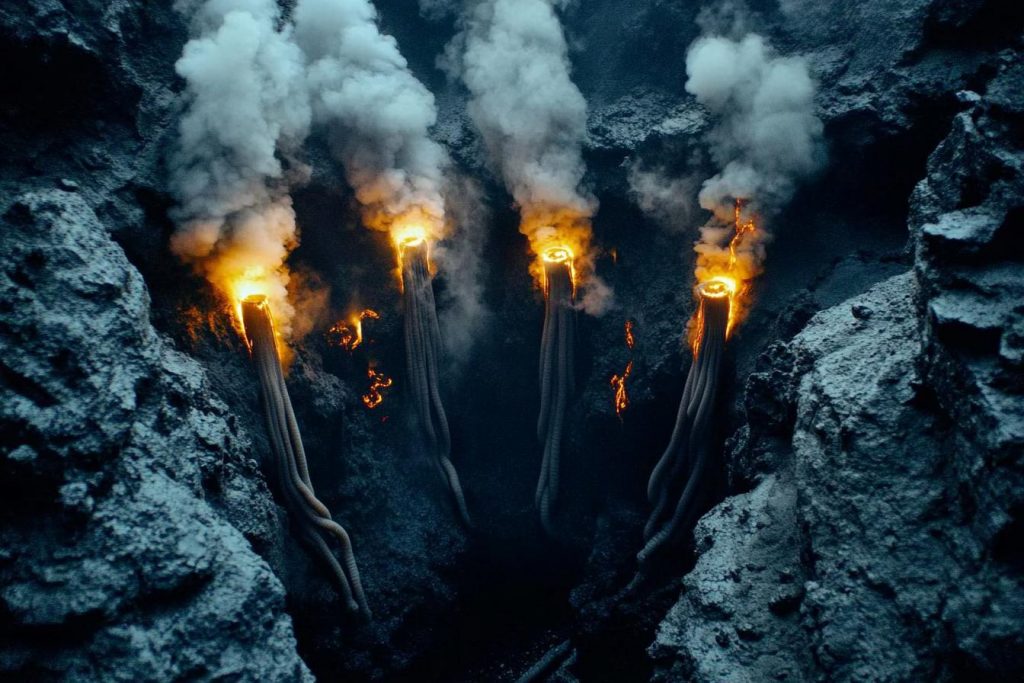
Deep-sea hydrothermal vents spewing mineral-rich water at near-boiling temperatures have changed the way we view life’s origins. These vents support ecosystems with no sunlight, relying instead on chemosynthesis—life from chemicals rather than photosynthesis. The discovery revolutionized biology and hinted at how life might exist on other planets. It’s a glimpse into Earth’s primal beginnings, found in its most extreme environment.
The Lost Forest Beneath the Gulf

After a hurricane scoured the seafloor off Alabama’s coast, a petrified cypress forest was revealed, preserved for over 60,000 years. The trees were still upright, roots intact, with signs of life flourishing around them. It offered a rare snapshot of ancient climate and ecosystems. Scientists believe the forest may provide clues to past environmental shifts.
Giant Squid Finally Captured on Camera
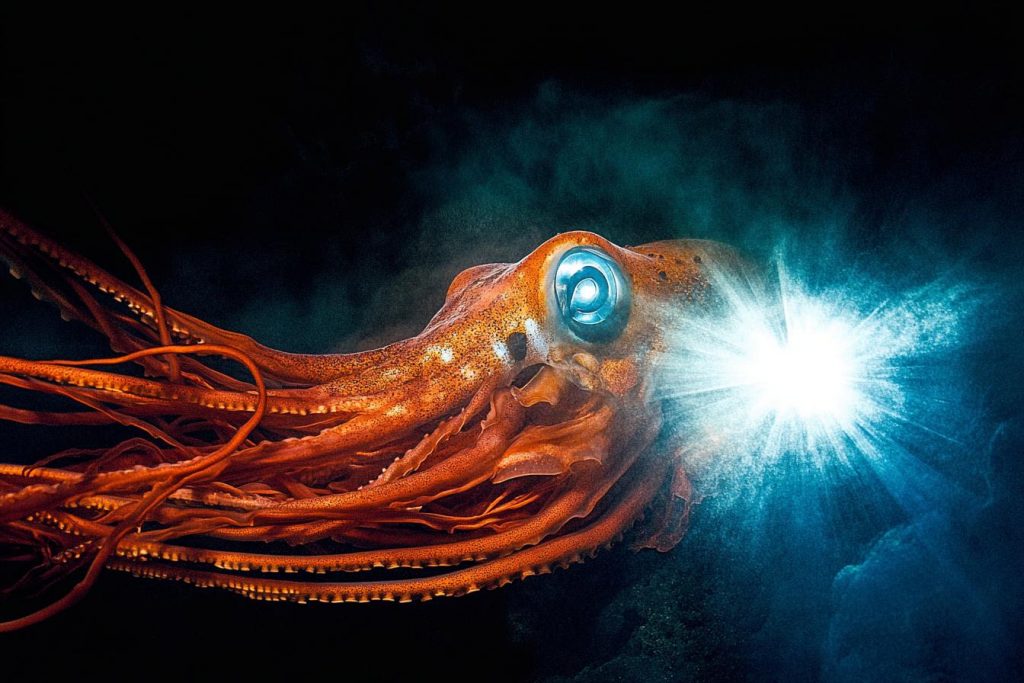
Long thought a sailor’s myth, the giant squid remained elusive until researchers filmed one alive in its natural habitat. The footage revealed an intelligent, eerie creature with eyes the size of dinner plates. Its existence had long been assumed but never proven, turning a nautical legend into fact. The video changed how scientists approach deep-sea observation.
The “Milky Sea” Phenomenon
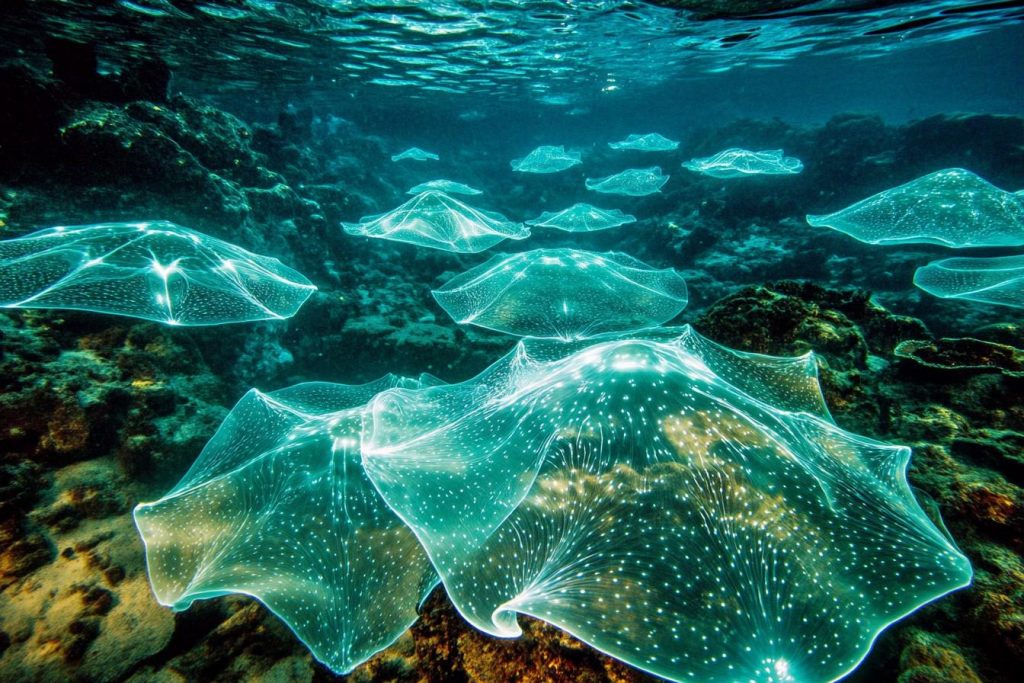
Sailors have described glowing oceans for centuries, but satellite images finally confirmed this eerie effect. Entire swaths of ocean glow with a bluish-white light for hours or even days, caused by massive colonies of bioluminescent bacteria. The scale of the event defied expectations, with regions stretching over tens of thousands of square kilometers. This find bridged the gap between ancient myth and modern science.
Unexplained Metallic Balls on the Seafloor
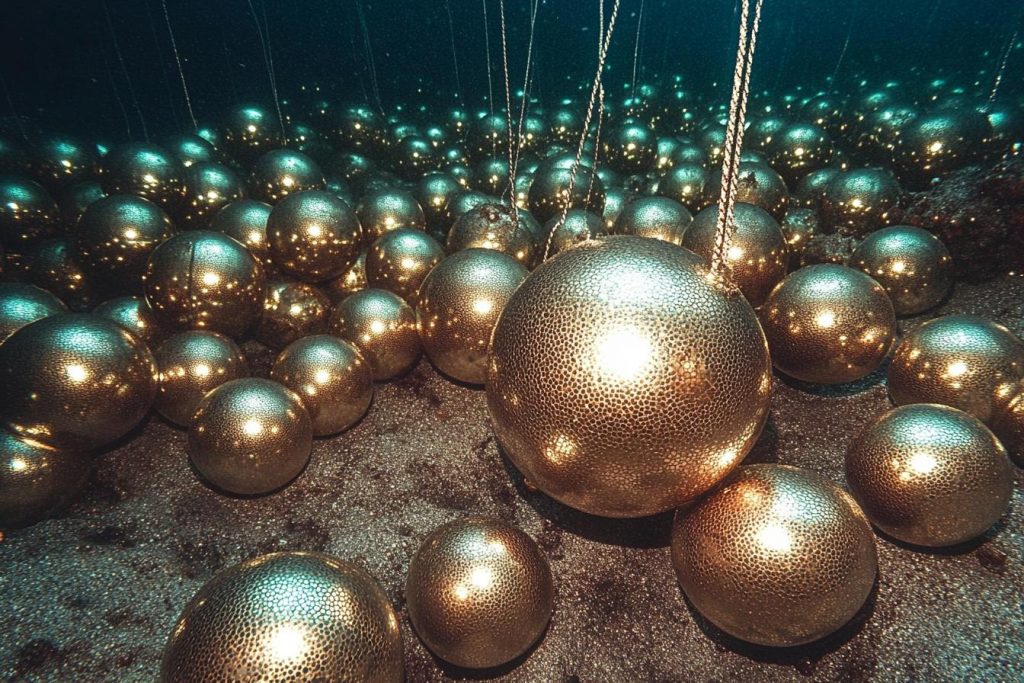
Clusters of perfectly spherical metallic balls were found deep in the Pacific, some appearing to be natural manganese nodules, others of unknown composition. Their uniformity and density puzzled geologists. Some speculated on extraterrestrial origin, while others suggested unknown geological processes. These objects reignited curiosity about Earth’s underexplored crust.
Shipwrecks Older Than History
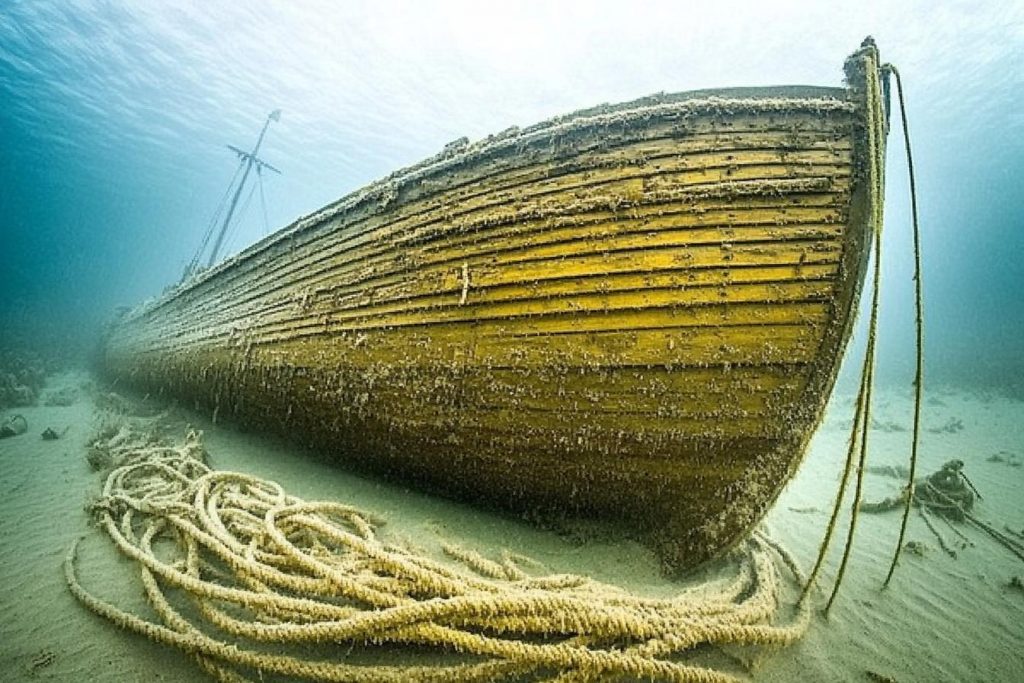
In the Black Sea, oxygen-free waters preserved shipwrecks dating back to the ancient Greeks and even earlier. These perfectly intact vessels gave scholars an unprecedented view into maritime trade, design, and life from thousands of years ago. It expanded historical timelines and filled in missing cultural links. The ocean had safeguarded relics that textbooks never mentioned.
Plastic-Eating Microbes in the Deep
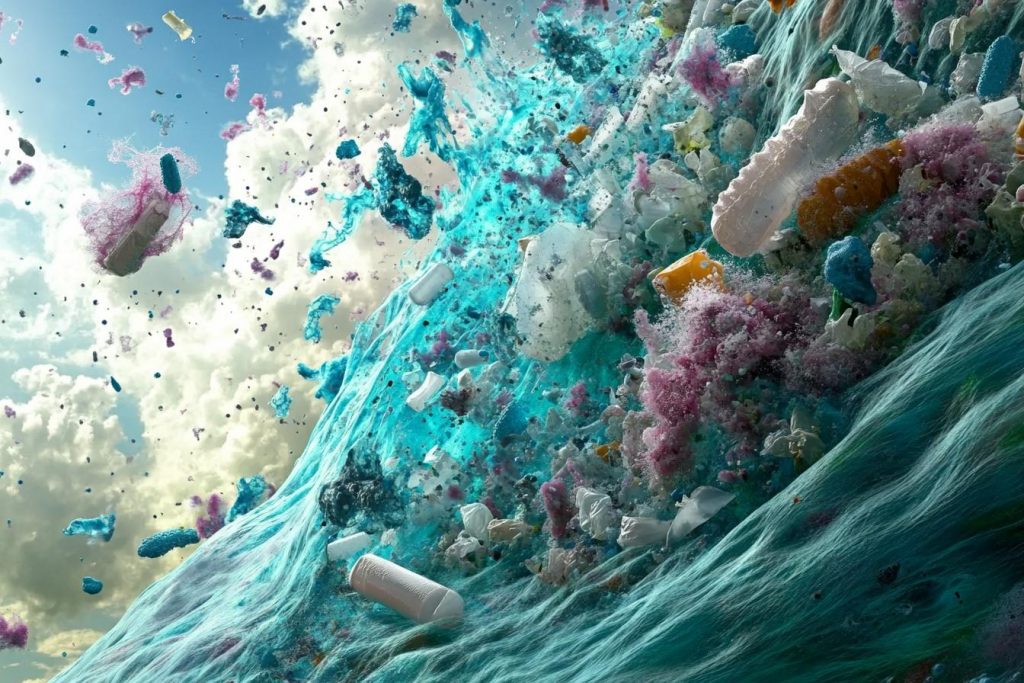
While plastic pollution in the ocean is a well-known crisis, scientists recently discovered microbes that not only survive in it—but consume it. These bacteria are helping researchers understand possible pathways to break down waste. The discovery was both hopeful and cautionary, showing nature’s resilience and its desperate adaptations to human impact. It added a new layer to the story of life in the Anthropocene.
Skeleton Lake of the Sea
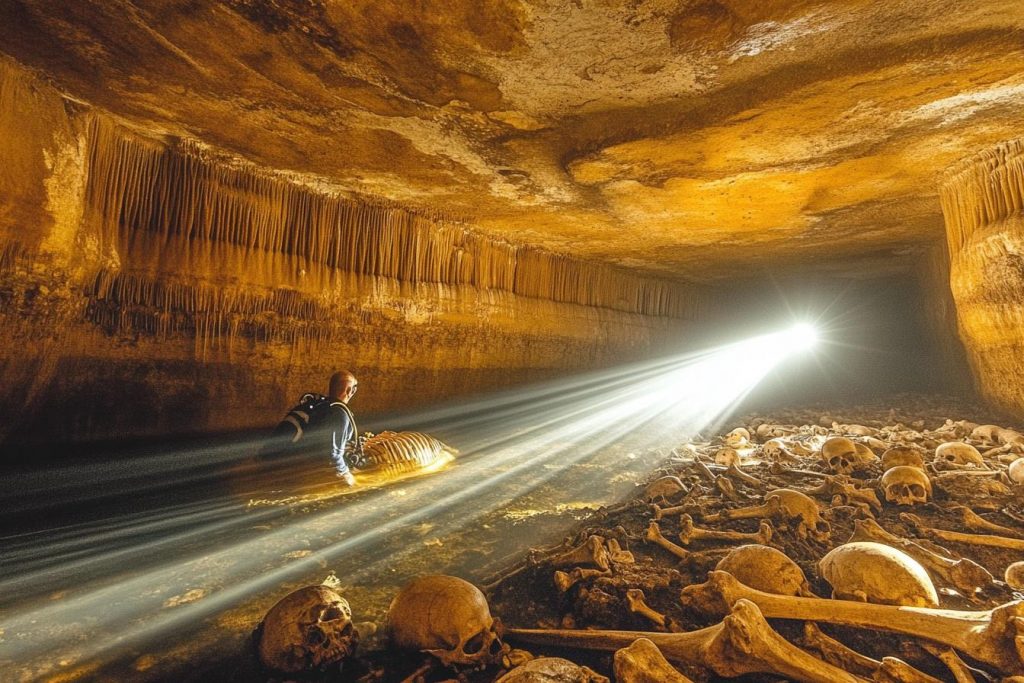
Divers off the coast of Micronesia found an underwater cave filled with bones of unknown origin—human and otherwise. Some suggest it’s an ancient burial ground submerged over time, while others believe it’s the result of shipwrecks or even ritual offerings. Carbon dating has returned puzzling results from different centuries. Whatever the cause, the cave holds secrets the sea refuses to give up easily.
Below the Surface, Above Our Understanding
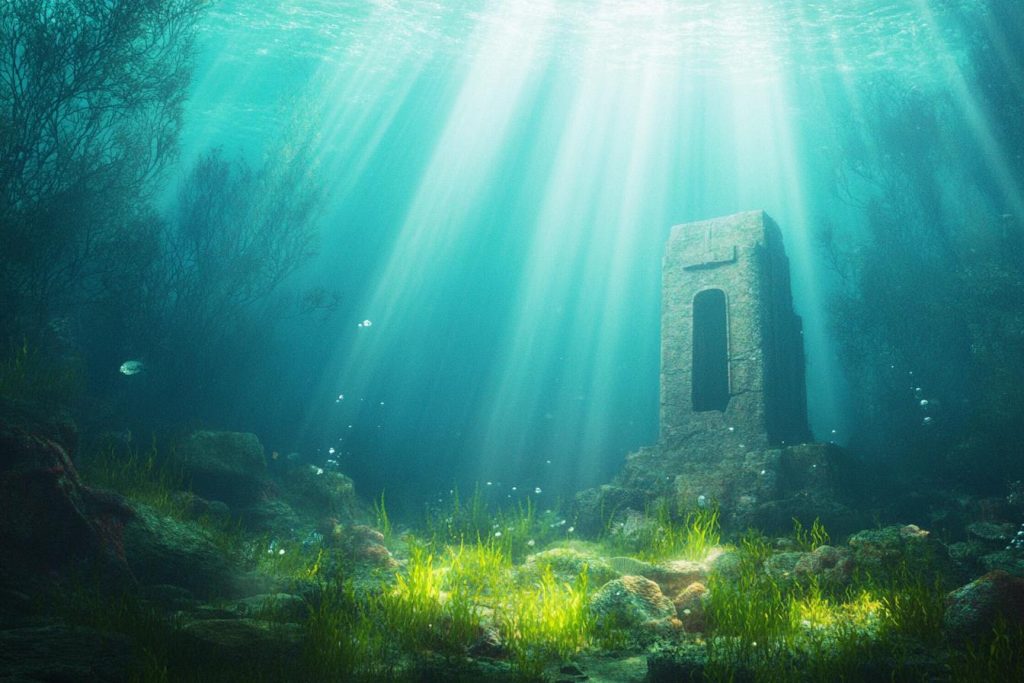
Each of these discoveries has reshaped the way we understand the oceans, and in many cases, the very nature of life, history, and Earth itself. These finds serve as reminders that science is not static—it evolves with every new clue pulled from the depths. As much as we’ve uncovered, the ocean keeps its greatest mysteries guarded in silence. And perhaps that’s what makes each discovery not just surprising—but transformative.

